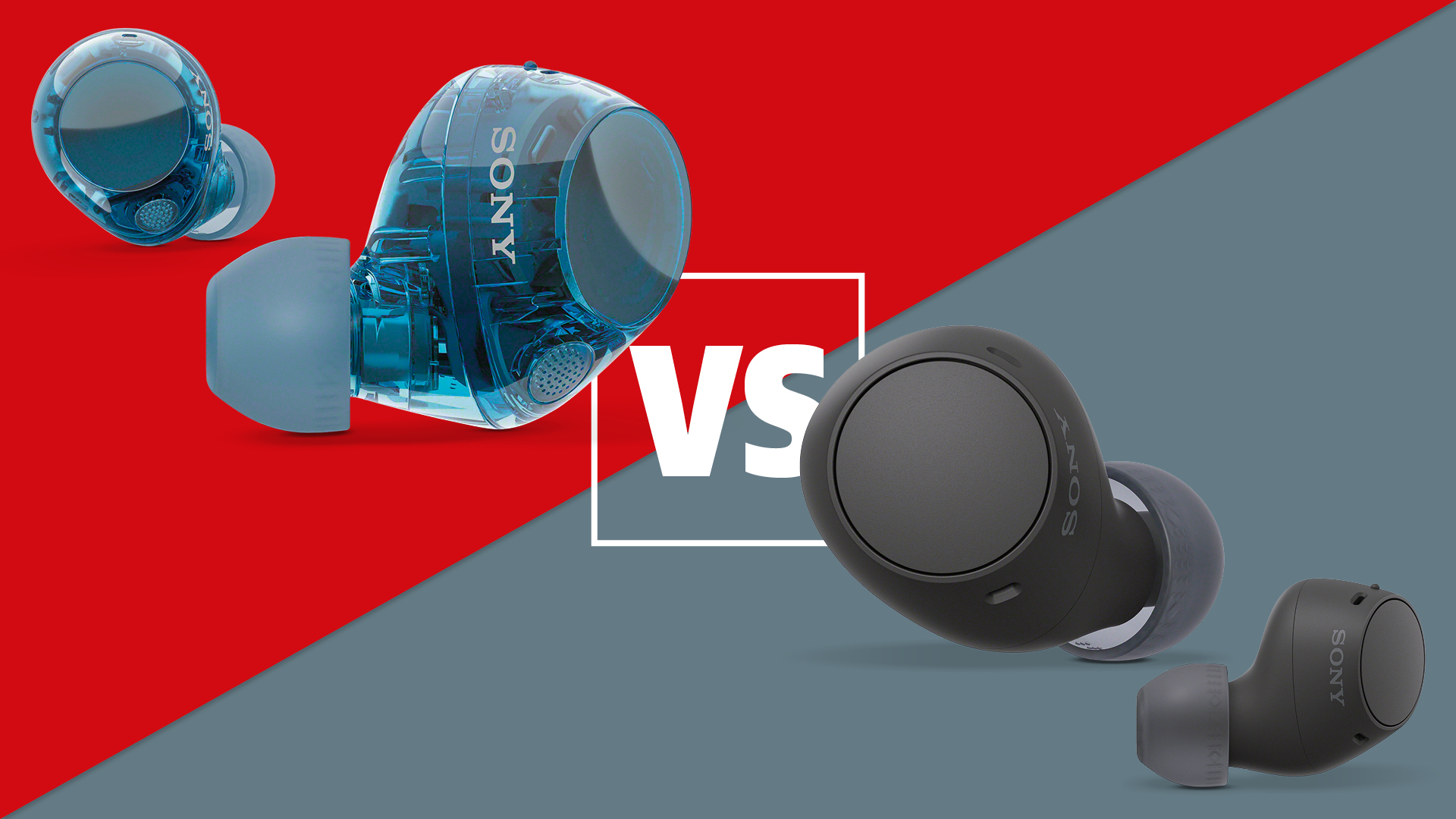How to get the best from your Bowers & Wilkins 606 S2 and 607 S2 speakers
Got a pair of Bowers & Wilkins 600 Series standmounts? Here's how to get the best sound from them
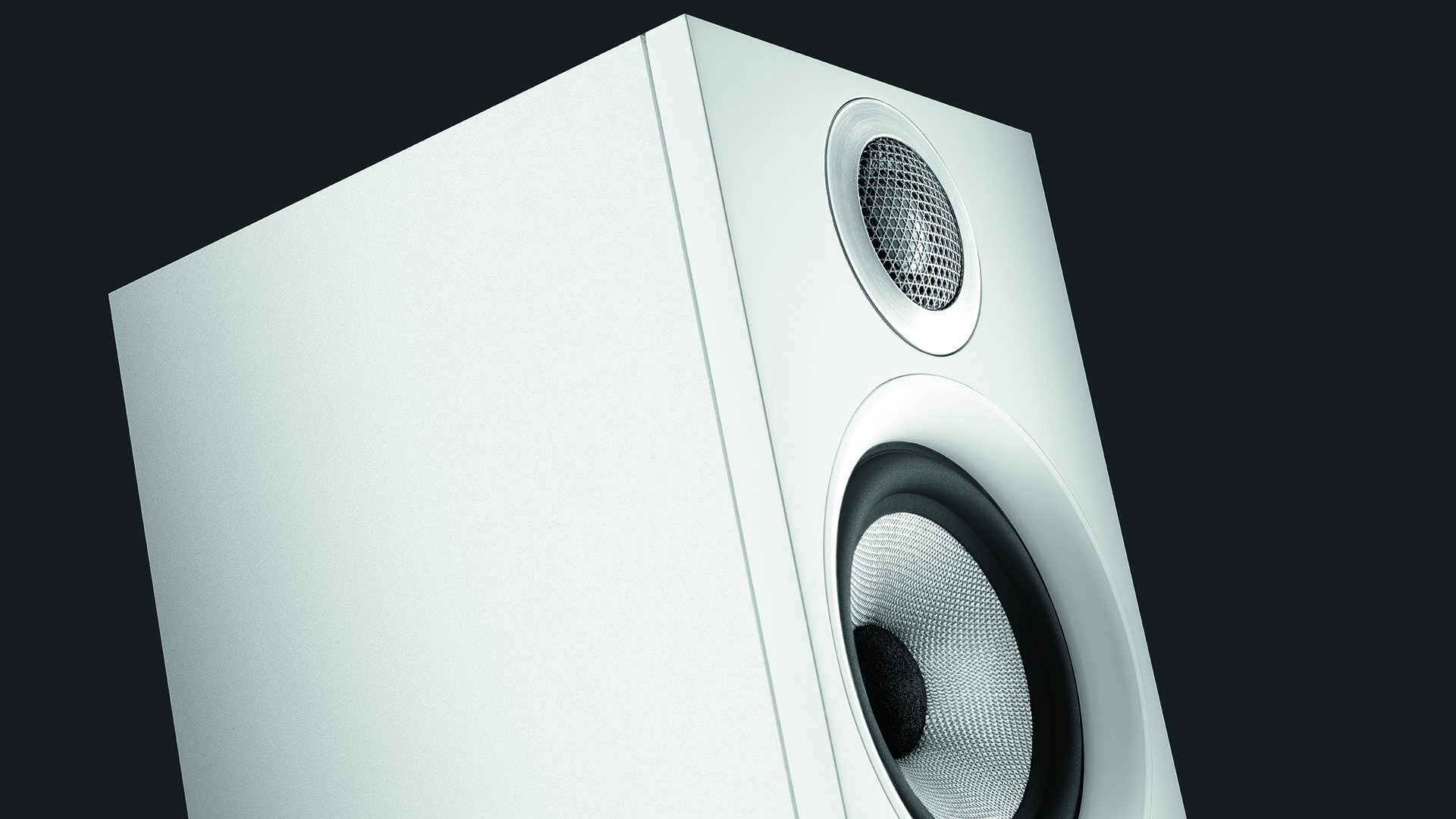
If you’ve just bought a pair of Bowers & Wilkins' 600 series standmounters, congratulations – you’ve done the right thing. The baby 607 S2 and larger 606 S2 are some of our favourite speakers at this level (the latter are What Hi-Fi? Award winners). At their respective prices, between £449/$700 and £599/$900, there’s little that gets close when it comes to performance and engineering content.
But you know what? With just a little bit of care taken in partnering kit and positioning, you can pretty easily get the utmost out of them – and why wouldn’t you want to do that? After all, get the basics (and then some ) right and they’ll treat you to a performance beyond anything else we’ve heard at these price points.
Place them on good speaker supports
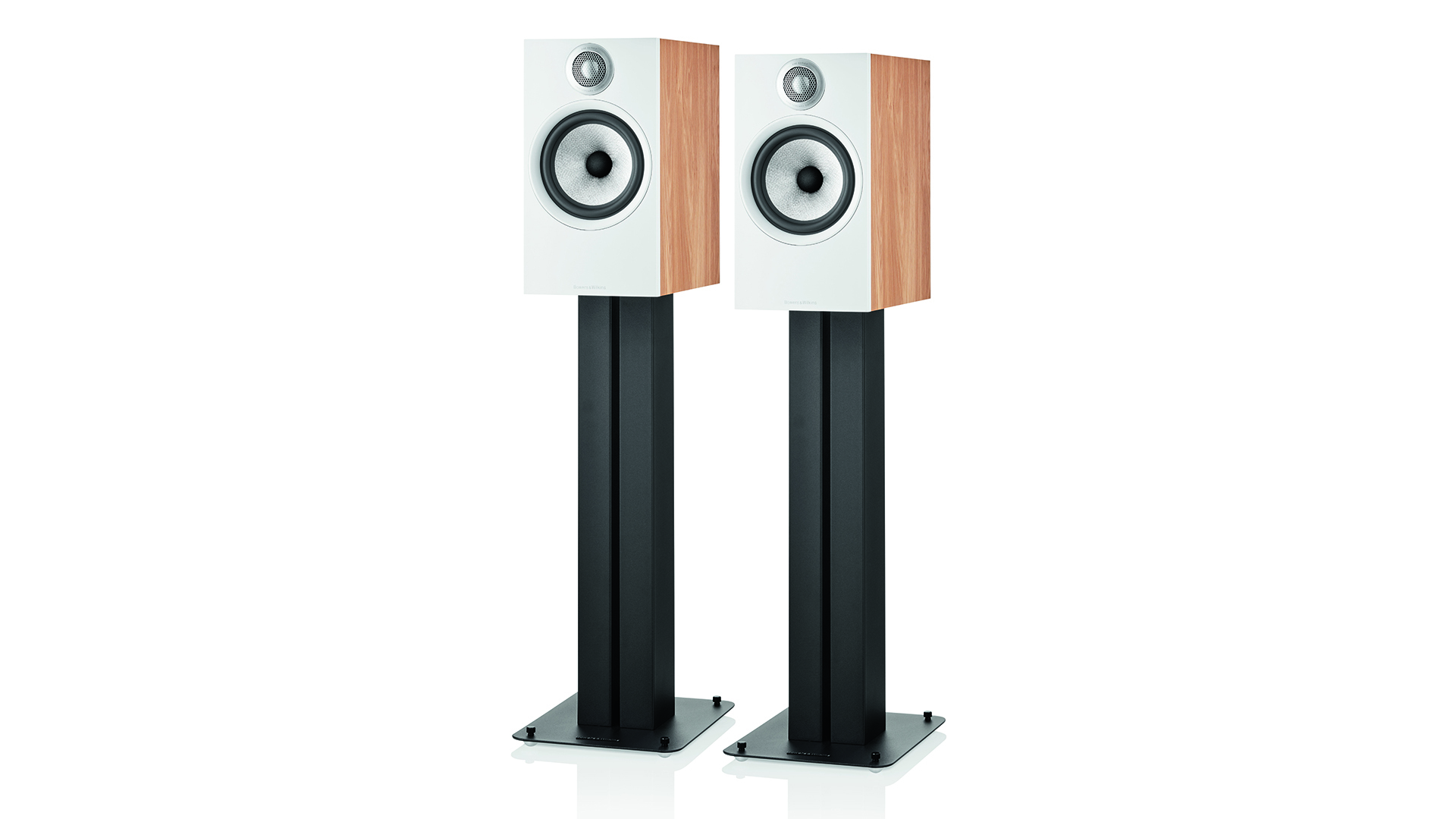
Every standmounter needs to be put on a decent support to prevent their enclosures from moving. It makes sense when you consider that the movement of the speaker cones generates the sound, and if the cabinet moves in response, even if only a little, some of that output is lost.
Just because people refer to these speakers as bookshelf designs doesn’t mean that they’ll sound best there. In our experience, a set of rigid stands is the way to go. B&W make a dedicated pair called the STAV24 for £119/$200/AU$349 that fit both the 607 S2 and 606 S2 well, and there’s no real need to go beyond these.
- The best speakers 2021 you can buy
Think about room positioning
A speaker's positioning in a room affects its sound significantly. It’s tempting to put either of these B&W standmounters, particularly something as small as the 607 S2, up against a wall or, even worse, in a corner. But please don’t; they’ll end up sounding unbalanced with too much bass.
Lots of people love bass, so that may not seem a bad thing to some, but those lows will be thick and ponderous and will degrade midrange clarity. You’ll also lose a fair degree of the speaker’s stereo imaging abilities, with their presentation becoming compressed and flattened.
Bowers & Wilkins provides foam bungs with both the 607 S2 and 606 S2, and these bungs are used to block the rear-firing ports. There’s no doubt that blocking the ports helps with the excessive bass output (when the speakers are placed close to a wall), but we feel the sound loses too much in the way of fluidity and natural warmth to truly satisfy.
While the exact measurement will vary according to your room, we would suggest placing the speakers at least 50cm away from any wall to start with, and experimenting from there. It’s worth spending a little time playing around with toe-in – that is, the degree with which the speakers point at the listening position. If you sit in a variety of places it may be worth leaving these standmounters firing straight ahead, but if you have a favourite place to sit, angling the speakers so that they cross a little behind your head is a fine starting point. Increase the angle and you’ll find that the soundstage solidifies and vocals take on more focus; go too far and the stereo imaging becomes narrow and will lack space.
Partner with care
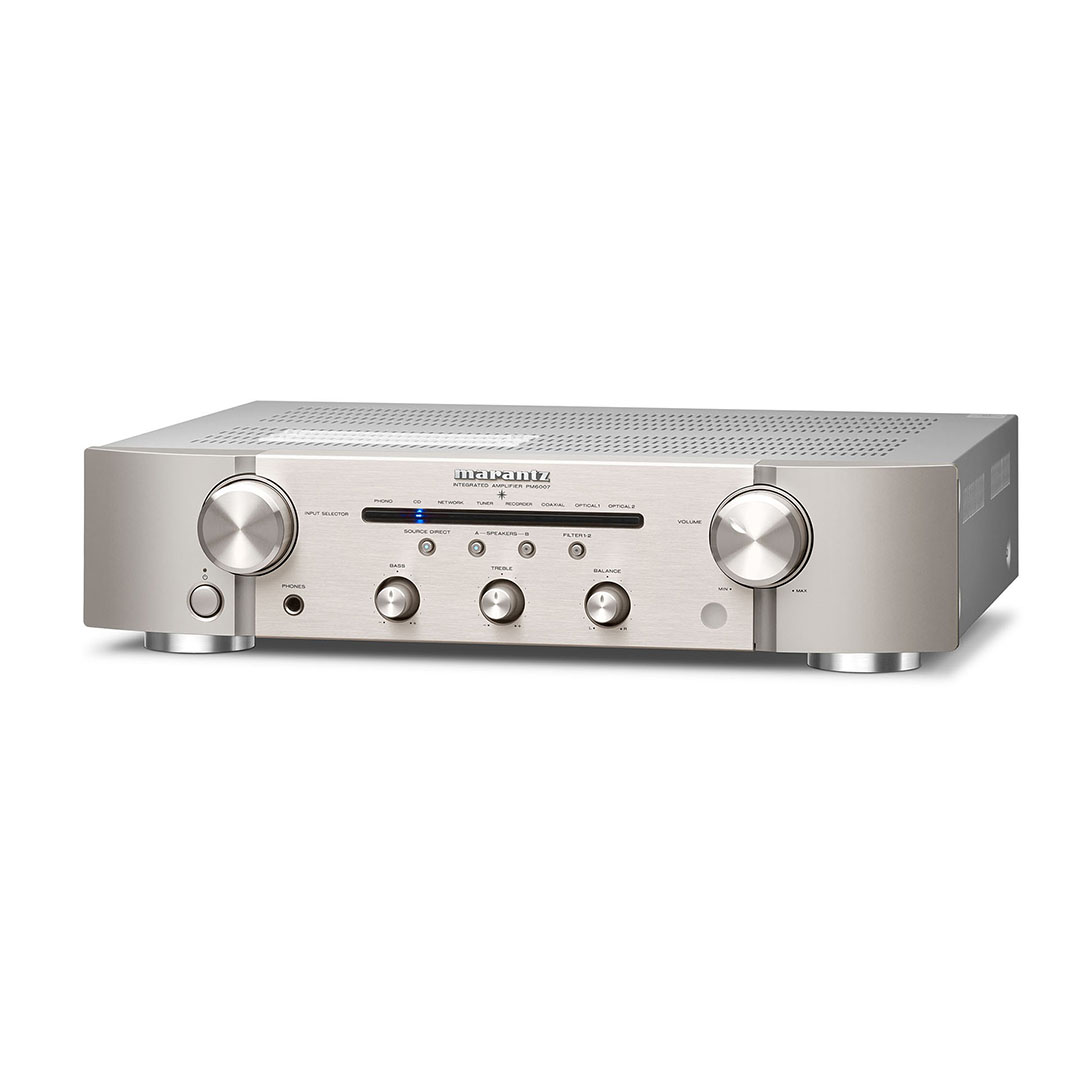
Both of these B&W speakers are impressively revealing, so it pays to partner them with talented electronics. They’re not the kindest of electrical loads and perform best when pushed harder. While both will tolerate being used with low-priced micro systems, you’ll only really get your money’s worth when moving up to the likes of the Marantz PM6007 (£499/$599) amplifier with a suitably capable source.
You don’t have to stop there, either; so capable are both these standmounters that we’d say it makes perfect sense to use them with the likes of the Cambridge CXA81 (£999, $1300) or Rega Elex-R (£949, $1700) amplifier. These speakers are transparent enough to make the most of such talented partners.
- The best stereo amplifiers 2021 you can buy
- The best record player, music streamers and CD players on the market
Making small tweaks can achieve big things
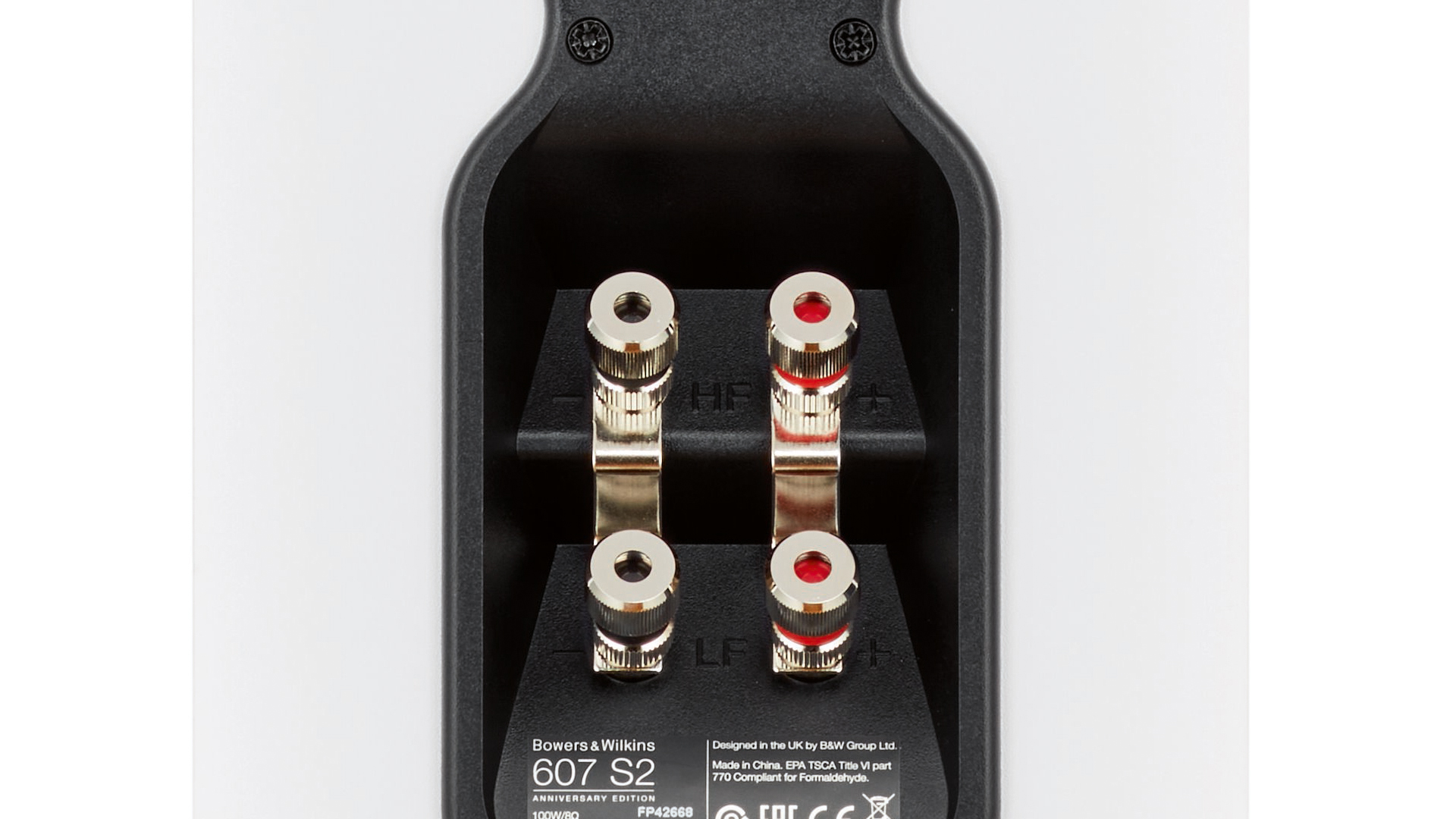
Once the support and partnering electronics are sorted, there are a couple of easy changes you can make to further optimise the sound. As with most rivals, these speakers have metal links between their bi-wire terminals. In an electrical sense these links work fine: they connect the two sets of binding posts so you can use the speakers with just a single set of cables. But, in our experience, if you swap the links with short pieces of speaker cable – ideally the same type as the one you’re using to connect to the amplifier – the sound improves. Not convinced? Give it a try; we’d be surprised if you don’t notice an improvement.
Remove the grilles
The advice here is quite straightforward: take the speaker grilles off. Most grilles spoil the sound to some extent, and the ones used on the 600 Series are no different. Leaving the sound from the drivers unimpeded is the best way to go when it comes to performance.
Older generations of 600 Series speakers had exposed aluminium dome tweeters that were easily damaged, and in such circumstances we could understand anyone taking the safer approach by leaving the main grilles on. But things have changed now and this current generation has a metal mesh to protect the dome, making it less likely to come to harm. The Continuum-coned mid/bass units are pretty robust too and will only really get damaged if someone is especially brutal or clumsy.
MORE:
Check out how to build the perfect hi-fi system
Read 9 hi-fi tricks you might not believe affect sound quality (but they do)
Here's our pick of the best hi-fi systems 2021: micro, hi-fi, vinyl
Get the What Hi-Fi? Newsletter
The latest hi-fi, home cinema and tech news, reviews, buying advice and deals, direct to your inbox.

Ketan Bharadia is the Technical Editor of What Hi-Fi? He has been reviewing hi-fi, TV and home cinema equipment for almost three decades and has covered thousands of products over that time. Ketan works across the What Hi-Fi? brand including the website and magazine. His background is based in electronic and mechanical engineering.
